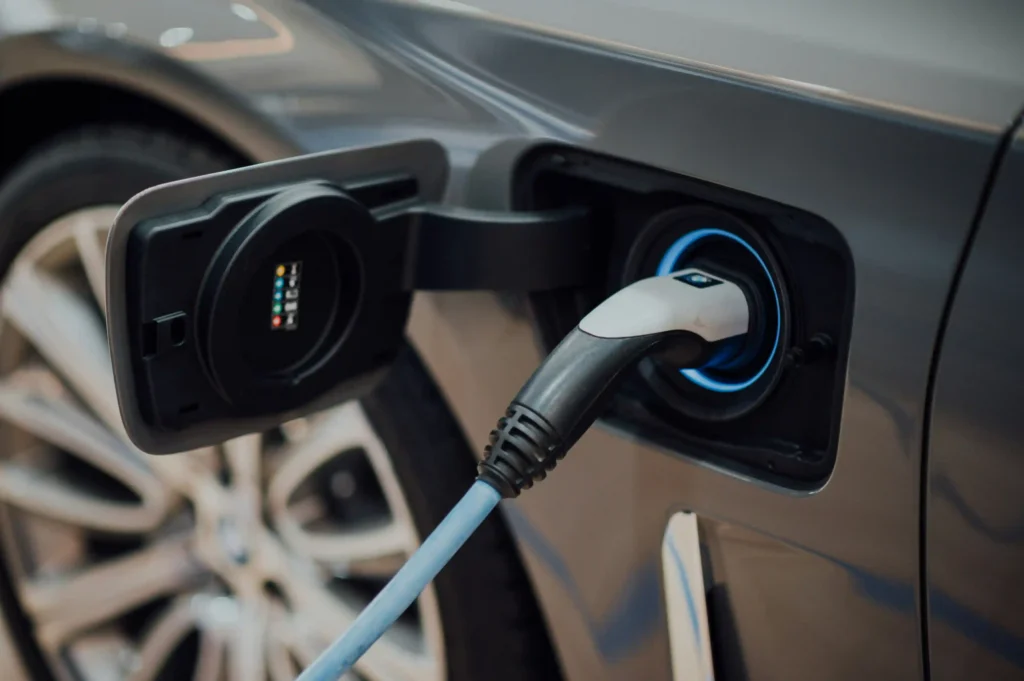
Is your fleet costing you more than you think?
Is your fleet costing you more than you think?

When budgets tighten and sustainability goals loom large, most councils zero in on headcount, procurement, and property costs.
But what about your fleet?
For many organisations, the fleet is the ultimate blind spot, an invisible cost centre quietly draining millions. Yet, with the right data and meaningful insights, it can become a powerful lever for savings, sustainability, and smarter decision-making.
That was the key message from our recent webinar with Fleetonomics™ experts Karen Whitehouse and Melvin Worth, who joined our Head of Government here at Talent, Steve Tompkins, to unpack how councils can transform their fleet from a hidden expense into a strategic advantage.
The hidden value sitting in your data
GPS logs, activity reports, booking systems… Most councils are swimming in vehicle data, but few are truly using it. Karen and Melvin call this the “untapped goldmine” of fleet management.
“We’ve helped councils uncover an average of 20% optimisation opportunity in their fleets, without disrupting business-as-usual,” said Karen.
The trick isn’t to collect more data, but to make sense of what you already have. When you connect your telematics, finance, and asset management systems into one source of truth, patterns emerge: underused vehicles, inefficient routing, even “ghost” cars sitting idle for months.
Busting fleet myths that cost you millions
The Fleetonomics team often sees the same misconceptions play out again and again:
- “We need more vehicles.”
- “If it’s depreciated, it’s free to keep.”
- “Our Hiluxes are essential.”
Sound familiar?
In reality, many fleets are overcapitalised and under-utilised. One council discovered their vehicles were only used a handful of times a week, yet were fully assigned to individuals.
Another realised that peak summer “demand periods” didn’t actually exist once they analysed utilisation data.
“The operational voice can be loud,” Melvin noted. “Without evidence-based analysis, it’s easy for anecdotes to drive costly decisions.”
Where to start: Your ‘why’
Before you optimise anything, start by asking: why now?
- Is it cost reduction?
- Sustainability goals?
- Public perception or compliance pressures?
Getting alignment on the ‘why’ across leadership is critical. Fleet optimisation is a change program, not a procurement exercise. Once that purpose is clear, you can bring your people, and your data, on the journey.
Turning data into action
Good fleet data tells a story: where vehicles go, how often, and why. When that story is clear, conversations shift from assumptions to actions.
Karen and Melvin recommend:
- Consolidate your data – Create one version of truth that includes GPS, finance, booking, and maintenance records.
- Interrogate the patterns – Identify waste (idle vehicles, over-spec’d models, duplicate assets).
- Engage your stakeholders early – Optimisation only works when fleet users are part of the solution, not the surprise.
“When data meets dialogue, that’s when real change happens,” Karen said. “Once users understand the ‘why,’ you get faster adoption, less pushback, and better long-term results.”
Case in point: One Council’s $4.5m wake-up call
A district council approached Fleetonomics after senior leaders realised they couldn’t answer basic questions like: “How many vehicles do we have?” or “Are they fit for purpose?”
After a full fleet audit and utilisation review, the results spoke for themselves:
- 27% fleet overcapacity identified
- 17% reduction achievable with no operational impact
- $4.5M in long-term savings unlocked
- 87% transition to EVs planned, plus infrastructure fully funded from savings
By challenging assumptions and unifying data, they turned confusion into confidence and built a blueprint for others to follow.
Keep the conversation moving
Fleet optimisation isn’t a one-and-done project. It’s a living process.
As technology evolves, staff change, and sustainability targets accelerate, your strategy should too. Karen and Melvin suggest revisiting your data quarterly, especially in the early stages.
Because the councils that stay agile, those that question entrenched thinking and act on evidence, are the ones turning fiscal waste into measurable progress.
You can’t manage what you can’t see
But when you make your fleet visible, you don’t just save money, you create capacity for innovation, sustainability, and smarter decision-making.
So, is your fleet costing you more than you think?
There’s only one way to find out: start with the data.
Want to discuss how we can help? Reach out today.